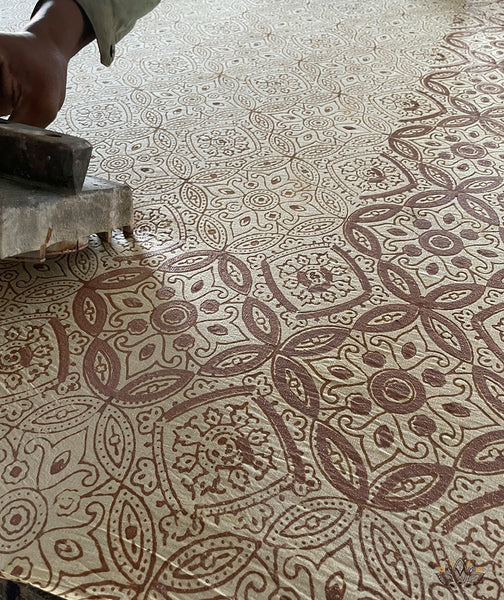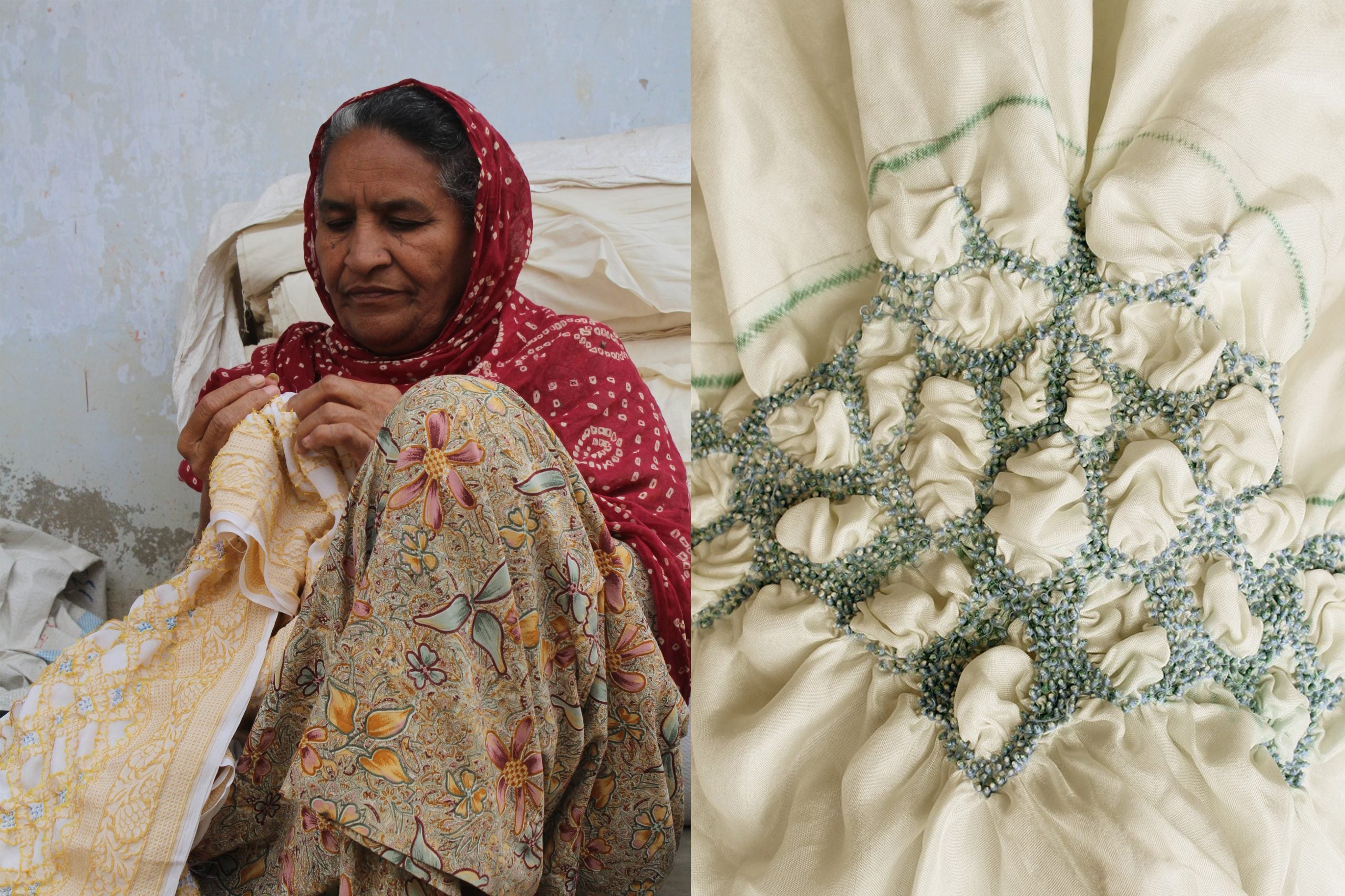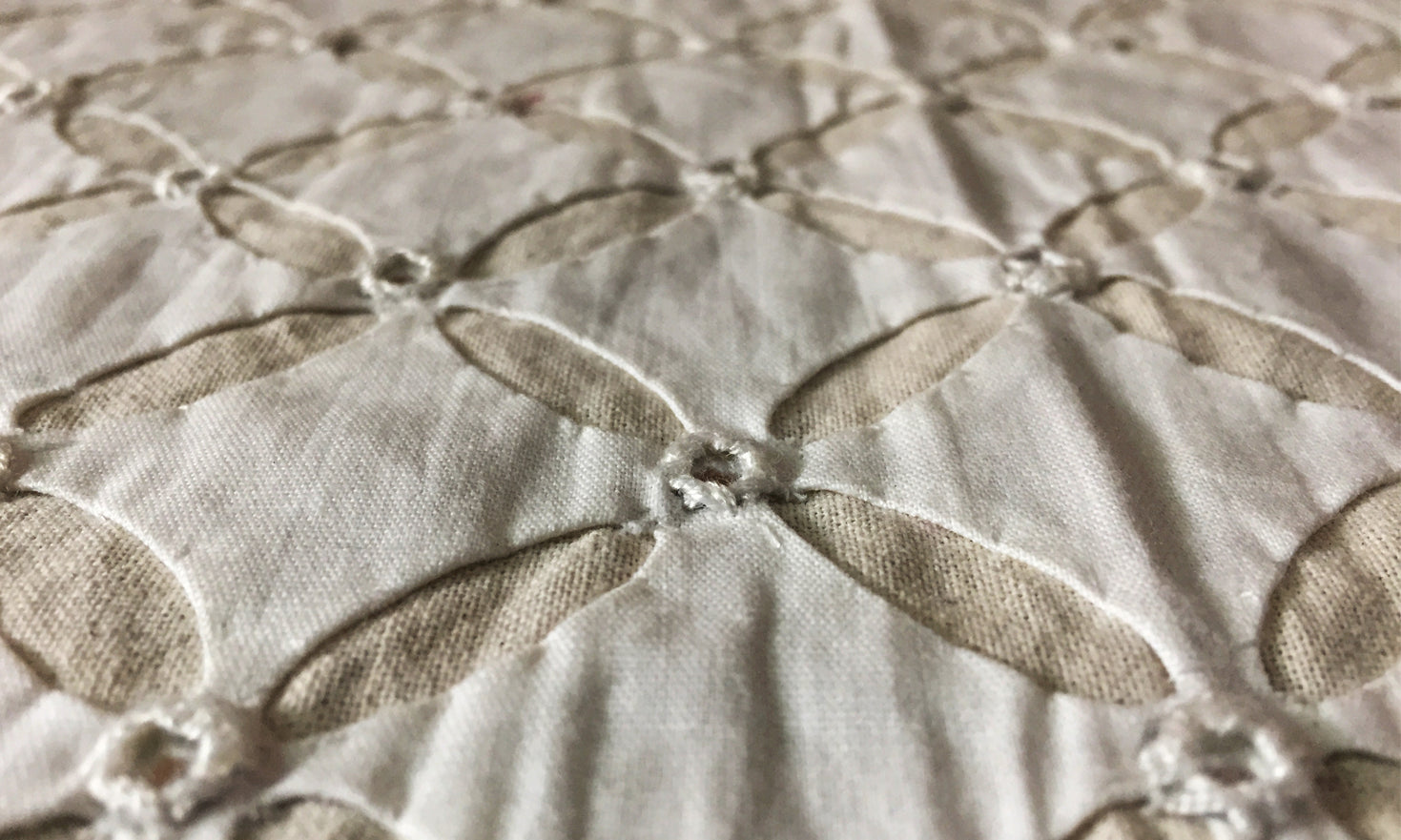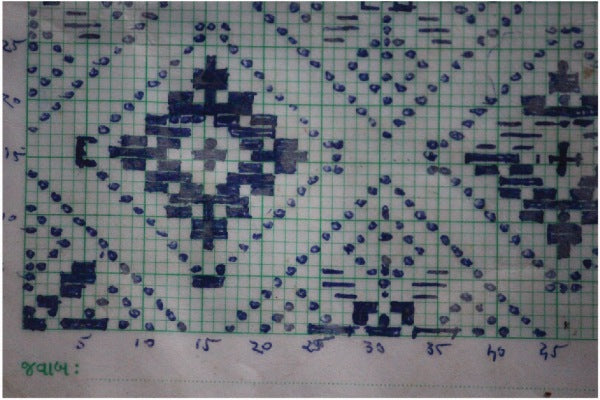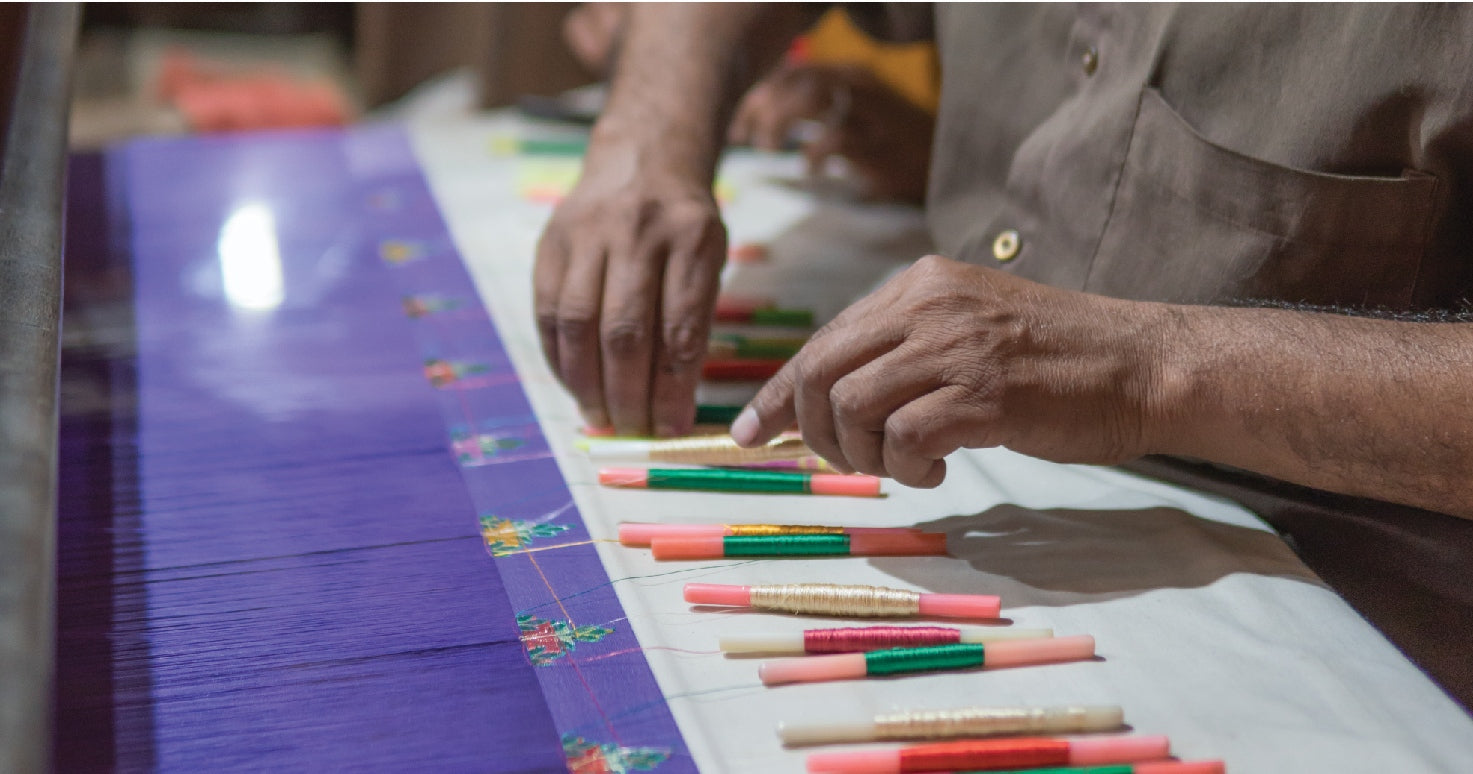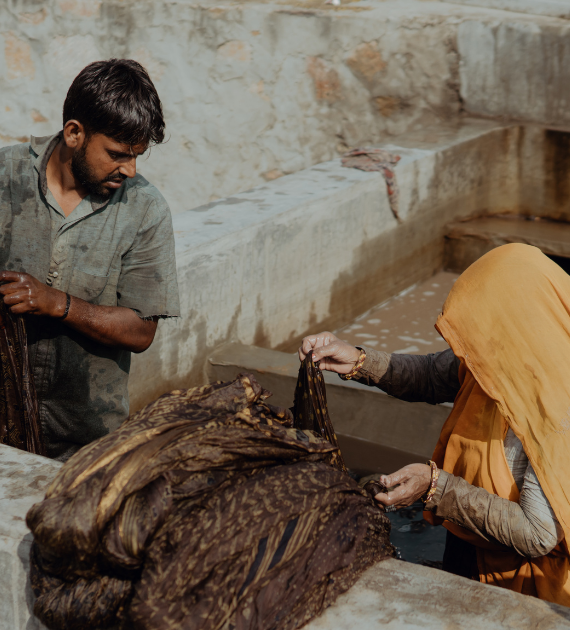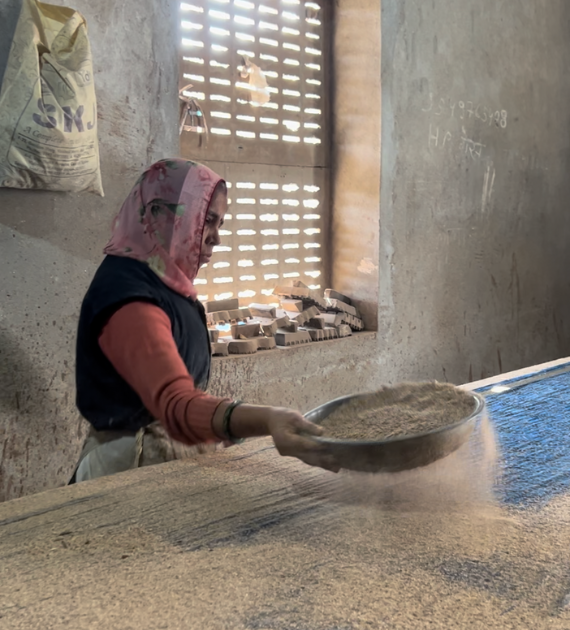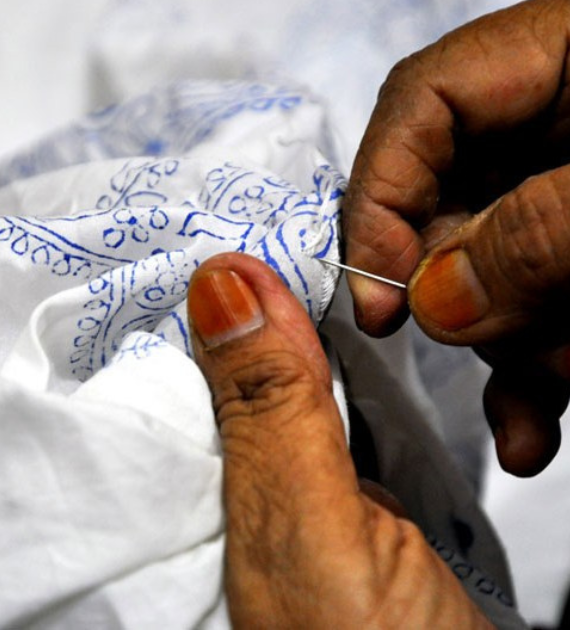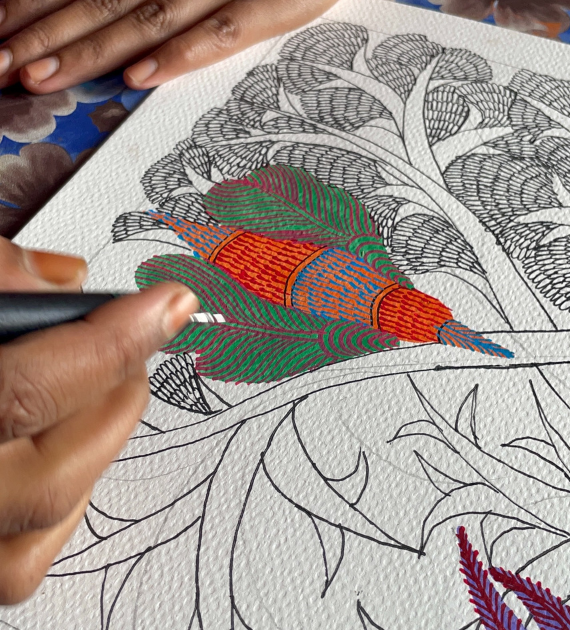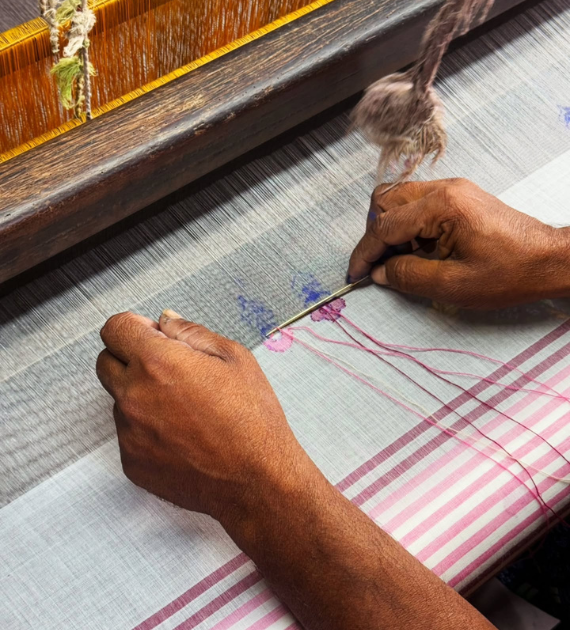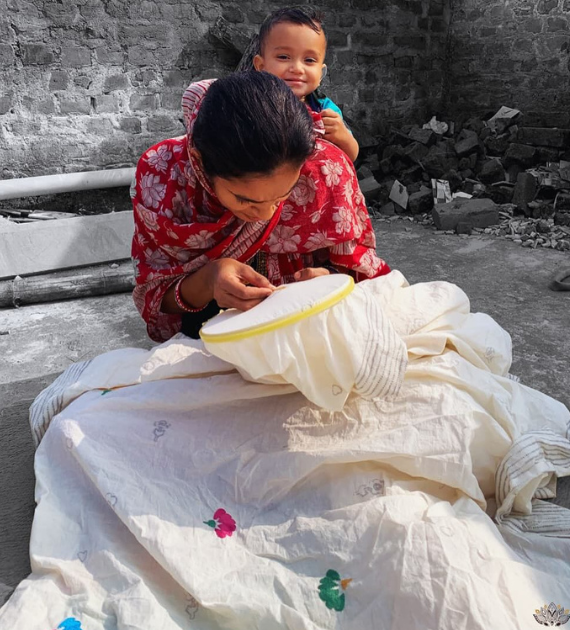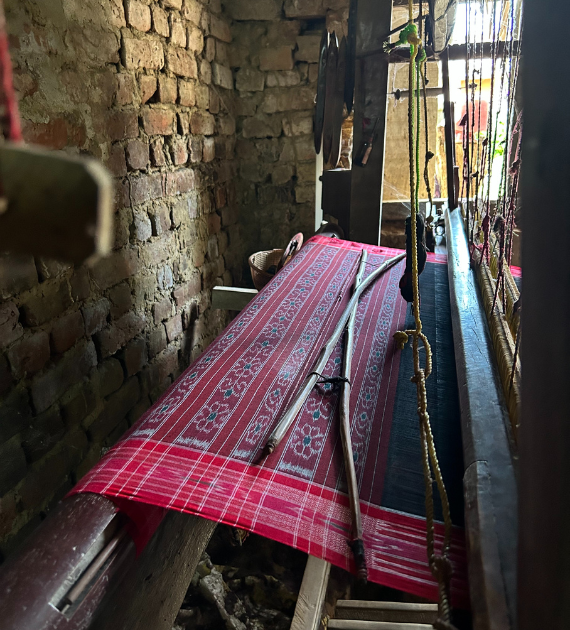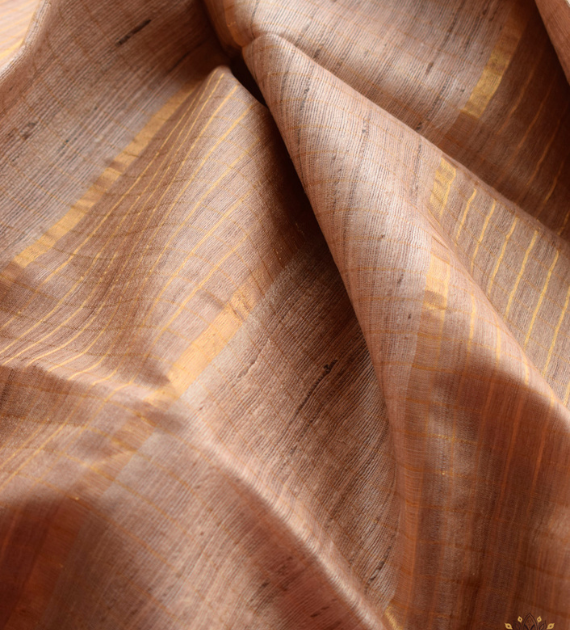Sort by:
Exclusive Amounee Sujani Hand Embroidered Sarees
Rs. 19,200.00
Exclusive Amounee Sujani Hand Embroidered Sarees
Rs. 18,000.00
Exclusive Amounee Sujani Hand Embroidered Sarees
Rs. 19,200.00
Exclusive Amounee Sujani Hand Embroidered Sarees
Rs. 18,000.00
Exclusive Amounee Sujani Hand Embroidered Sarees
Rs. 19,200.00
Exclusive Amounee Sujani Hand Embroidered Sarees
Rs. 19,200.00
Exclusive Amounee Sujani Hand Embroidered Sarees
Rs. 18,000.00
Exclusive Amounee Sujani Hand Embroidered Sarees
Rs. 38,500.00


